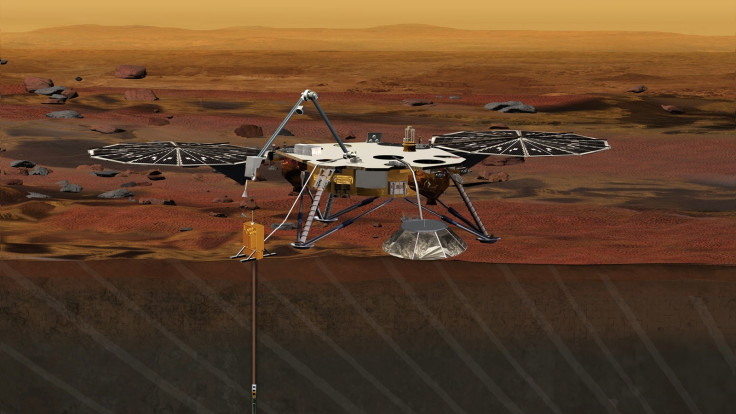InSight Mars lander clears crucial test, inches closer to 2018 launch
The InSight mission was initially scheduled to launch last year, however, it was postponed due to a leaky container.

Nasa's next Mars lander has passed a crucial test months ahead of its launch in May 2018.
According to a report in Space.com, the InSight (Interior Exploration using Seismic Investigations, Geodesy and Heat Transport) lander survived thermal vacuum testing, or TVAC – a test in which researchers simulate the harsh environment of space to check how the craft and its instruments would operate in similar conditions.
After the two-week experiment was completed at Lockheed Martin Space System's facility, Scott Daniels, assembly, test and launch operations (ATLO) manager for insight, said this was the most comprehensive and stressing test that could have been performed on a spacecraft prior to its launch.
He further noted that the completion of this test marked the end of the environmental testing phase and the start of the last phase, which would include preparations for launching the lander in 2018.
The 30-day launch window for InSight will open on 5 May 2018, the period during which Earth and Mars would be closer to each other. Opportunities to reach Mars only occur roughly every two years and last just for a few weeks. After launch, the spacecraft would take some six months to reach the red planet.
Once there, InSight, which includes two unfolding solar panels that span 20ft, will conduct subsurface studies by sending small probes under the ground to collect interior structure data, something that would provide researchers more insights into how rocky planets including Earth formed and evolved over several billion years.
The InSight mission was initially scheduled to launch last year, however, it was postponed due to a leaky container which creates near-vacuum conditions for the lander's main sensors. The part has now been redesigned, according to Nasa.





















